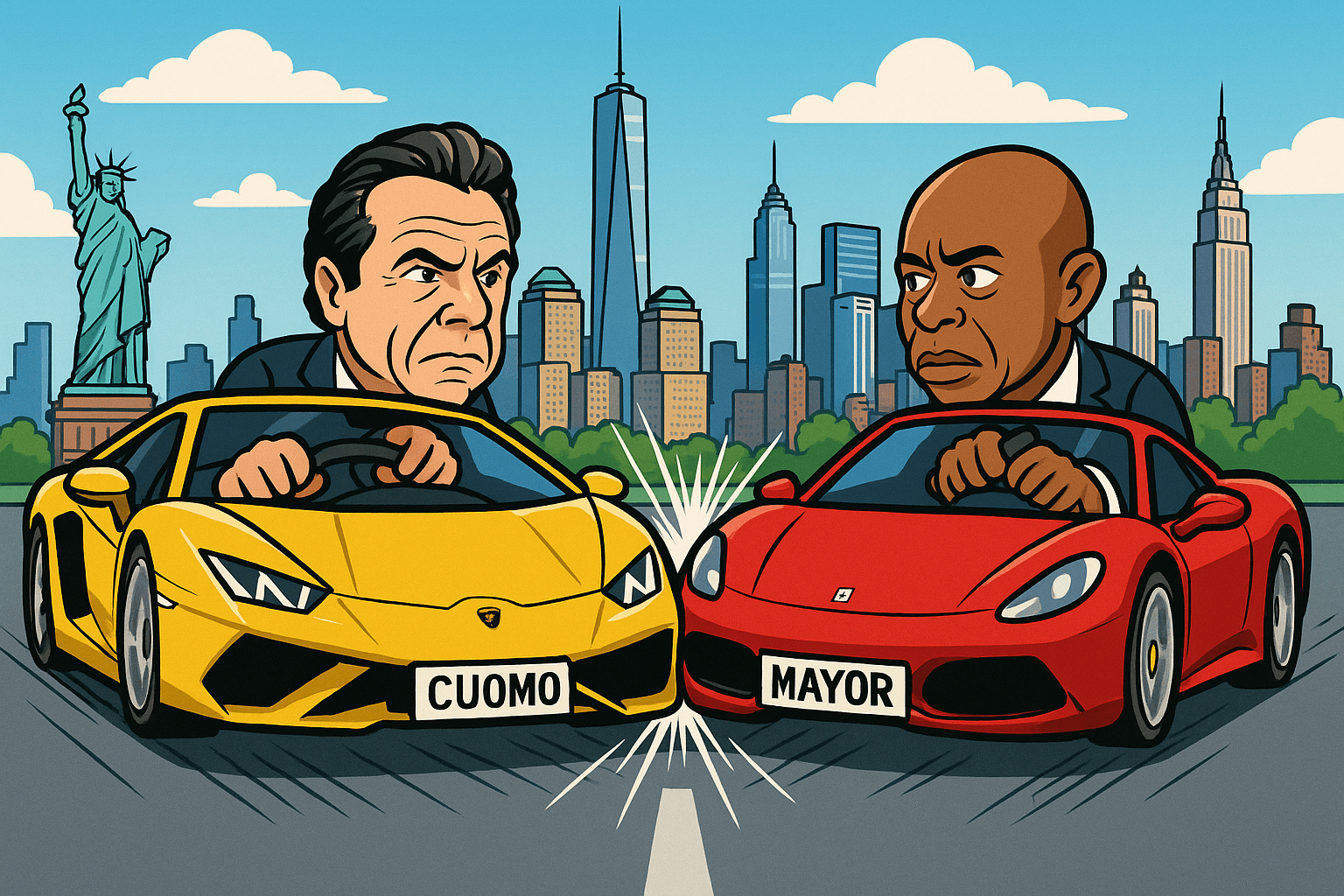Operation Green Thumb is a go

Since the panic of 1893, every major economic crisis in this nation’s history has reinvigorated relief garden movements to help inner-city underemployed. In 1917, the Liberty Garden Movement was started by the federal government to build community morale for our troops and feed a nation at war. The United States School Garden Army was instituted in the same year to carry on the successful School Gardens program of the early 20th century. These early urban garden programs were aimed at acculturating immigrants to American community values at a young age, but similar programs on a local scale can be used today to teach valuable skills to urban-ites (and suburbanites) in an era faced with the prospects of peak oil and a devaluing dollar. The little-known history of Operation Green Thumb, an ambitious urban gardening program successfully implemented in the nation's largest city, can serve as a blueprint for a sustainable food system in every California city.
Modesto Cappelluti, founder and former president of the Brooklyn College Organic Gardening and Ecology Action Club, writes on the history of community gardening in America. In its November 2008 issue, Acres USA published these words by Cappelluti: “During World War II the Department of War set up the National Victory Gardening Commission to ‘plant the seeds of victory’ using a five-point program, which minimized food production externalities. At its height in 1944 this, the largest community gardening program in American history, had 20 million Victory Gardens producing 40 percent of the fresh produce in the United States.” He went on to explain that the first peacetime federally funded community gardens came during the stagflation of the 1970s. Large cities started the allotment gardening model with New York’s wildly successful Operation Green Thumb community gardening plan leading the way.
In 1978, Mayor Edward Koch called a citywide task-force for community gardening to order. The proposed goal was to develop the 32,000 vacant and dilapidated lots throughout the city with an emphasis on beautification. What developed within a year of the program's birth was a staggering demand by community associations for land to grow their own food. Within that time 597 properties were leased to over three hundred community groups. The nation’s first municipal composting program returned organic wastes produced by the city into sustained fertility for the many garden plots. The program provided monthly, citywide educational workshops dedicated to teaching the fundamentals of growing an individual garden. Technical assistance and research information were provided to anyone free of charge. An extensive resource library was kept for program participants at New York City’s Historic Municipal Building.
Unfortunately, a moratorium on leasing city lots was enacted by the mayor only two years after OGT's inception because of pressure from local land developers. Most of the gardens have since been destroyed, yet the legacy of the program lives on in and it stands as one of the most successful models for urban food production to date. It would be misleading to think that any urban garden movement would meet the same fate today considering how the economic landscape has been consistently eroded for the past three decades. Commercial real estate prospecting isn't exactly a viable industry now or for the foreseeable future.
Any suggestion of policy change or implementation is inevitably met with the question: “how will we pay for it?” At least, this writer hopes so. Such budgetary concerns are paramount considering California's current deficit, but it's important to understand that the very foundation of the state's economy can be reinforced should state leaders take a hard look at instituting community gardens. Cappelluti provides a common sense argument for community gardening when he writes, “In today’s world, if this nation were able to grow organically 40 percent of its produce, as seen in the Victory Gardens of the nineteen-forties, agricultural pollution, reduced petroleum dependence, and a reduction in the trade deficit would theoretically also decrease by 40 percent.” Funding is a matter of priorities, of correcting a dubiously constructed cost-benefit analysis. Agribusiness lobbying interests would have us believe that we must sacrifice quality to meet the demands for quantity. A cursory glance at the history of community gardening in this country proves this to be false.
Practically speaking, OGT was funded by $2 million through a HUD Federal Community Development Block Grant with matching monies offered for “beautification” services from the City of New York. A similar agreement between DC and Los Angeles could be reached today if city leaders have the presence of mind to initiate the process. In this round-a-bout way, the people of California can receive some reinvestment of their tax dollars gratuitously sent to the federal government. Instead of subsidizing the Agricultural-Industrial Complex and other pet industries of Washington DC, California should invest its money in projects that work towards sustaining its municipalities with food, and jobs of its own creation.


